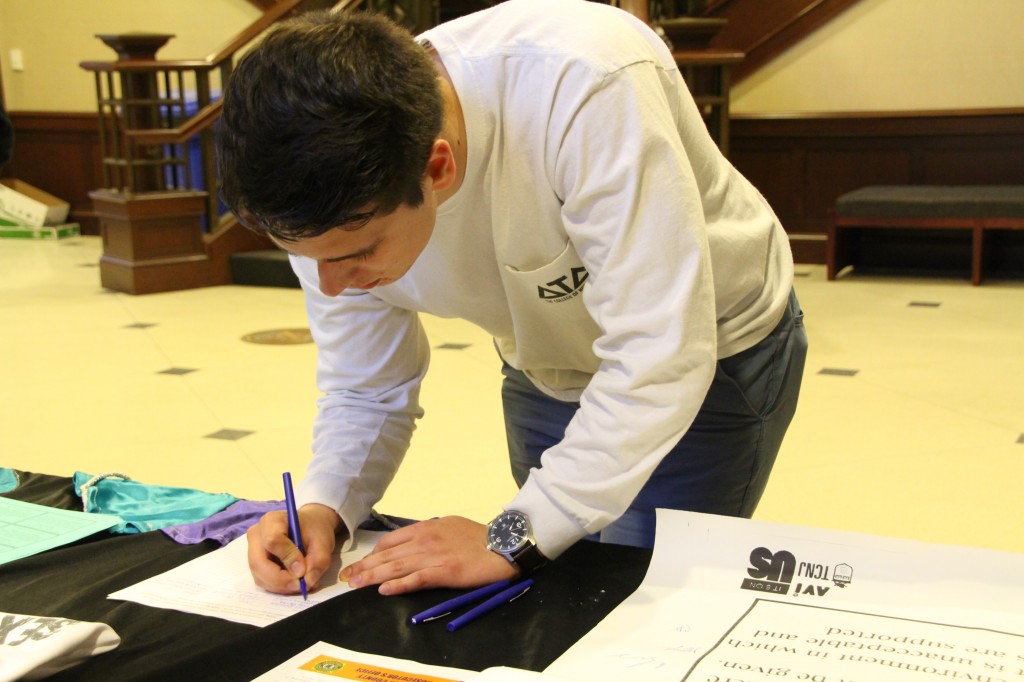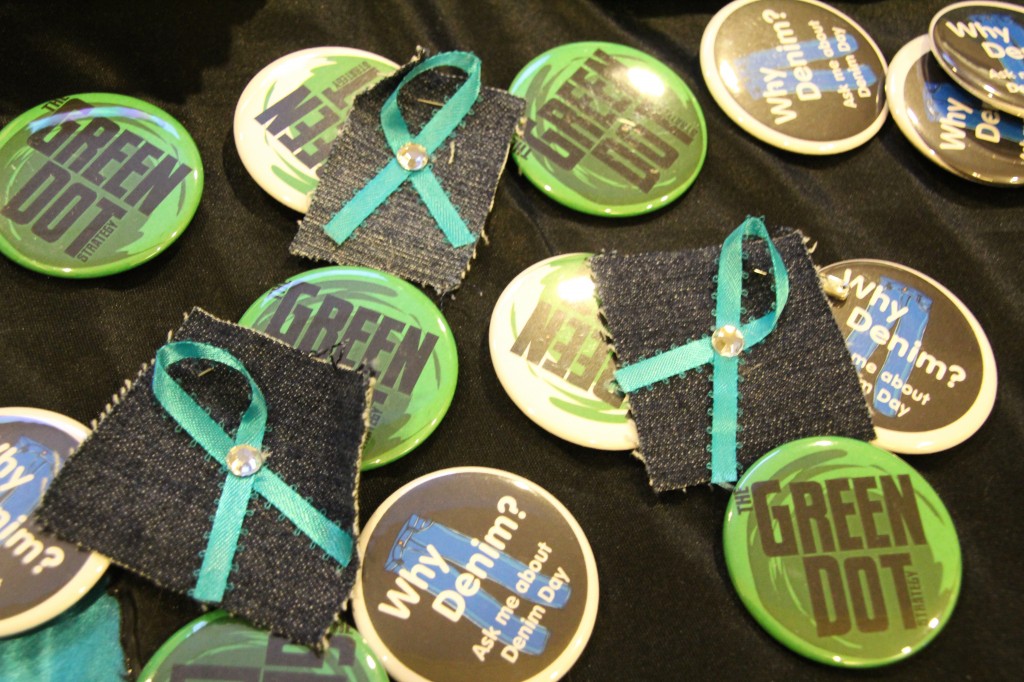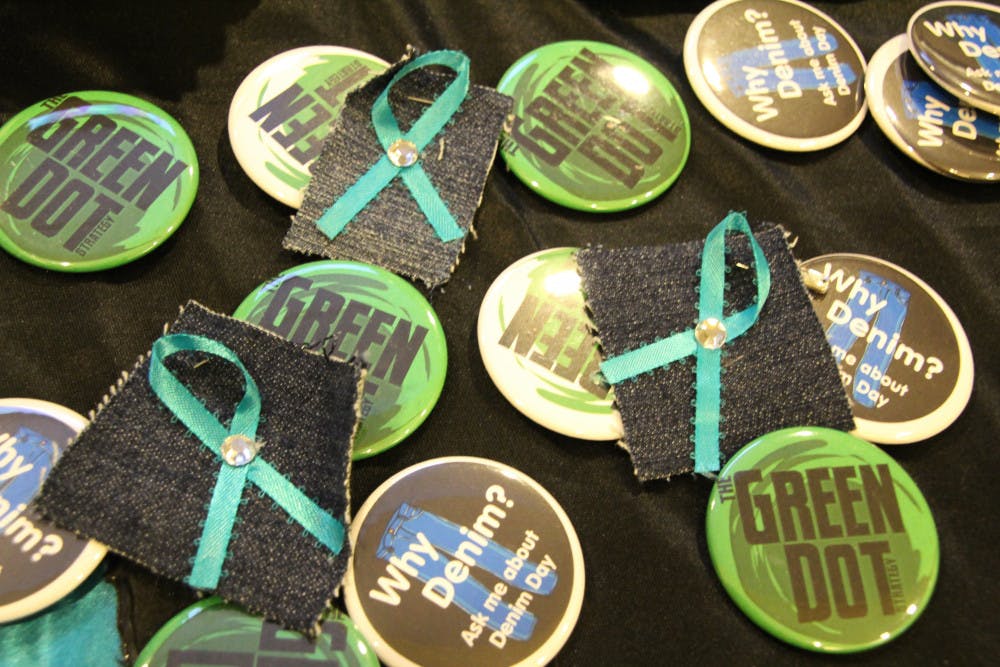By Chelsea LoCascio
Production Manager
The prevalent issue of sexual assaults on college campuses was made all the more real for students at the College during a film screening hosted by the Student Anti-Violence Education, or SAVE, on Tuesday, April 14 in the Library Auditorium.

Students had the opportunity to participate in a crucial discussion after watching Lisa F. Jackson’s sexual assault documentary, “It Happened Here,” as part of Sexual Assault Awareness Month.
“We want to raise awareness and promote students to be active,” said Anna Poruks, a senior psychology major and SAVE peer educator. “Hopefully people here tonight will spread what they learned.”
The documentary follows the lives of Angie Epifano, Kylie Angell, Erica Daniels, Carolyn Luby and Sarah O’Brien, who were all assaulted during their college careers.
The film shows how a crucial time in their lives at college, designed for students to find themselves and become independent, was robbed from them in an instant. Epifano called Amherst College the first place she was happy, but that happiness ended when a movie night with a friend turned into a traumatic event that she has since tried to suppress.
Not unlike the other victims, Epifano retreated from society and broke down mentally and emotionally. When she worked up the courage to seek help, an Amherst counselor told Epifano to move on and sent her to a psychiatric hospital against her will after she admitted to suicidal thoughts.

Although the other students were not sent away, they were also questioned and ostracized by their school’s students and staff.
“If women would stop spreading their legs like peanut butter, rape wouldn’t keep happening,” a University of Connecticut cop told Angell, a nursing student at the university, who was assaulted by a friend in her dorm room. Her assaulter was expelled, but the university let him back in after deciding the punishment was too harsh. He soon started stalking Angell and assaulting other students.
Daniels, another student at the University of Connecticut, was raped by a co-worker and had to quit her job in order to avoid him. According to the documentary, over 85 percent of sexual assaulters are an acquaintance of the victim. Daniels was concerned that other students would fall for the “nice-guy” act friends can put on, and she had to warn others that anyone could be a sexual assaulter.
To put an end to rape culture and victim-shaming, Daniels and the other four women have filed Title IX complaints against their universities in the hope that they will change how universities handle sexual assault cases. These women turned their pain into empowerment by promoting awareness and encouraging victims to speak out against sexual assault.
“Silence is the enemy of change,” said O’Brien, who spearheaded The Clothesline Project at Vanderbilt University. She unveiled a rack of shirts covered in quotes from sexual assault victims and then presented a list of demands of policy changes to their deans.
To prevent students from feeling like they have to fight this issue alone, the College offers several resources where counselors and peer educators are eager to listen to students, according to Poruks.
“(This film) shows how other colleges handle these issues,” Poruks said. “We want it to be empowering and get the word out that (anti-violence initiatives) offices exist. We don’t stand for that at (the College). We want people to feel happy and safe here.”
The AVI office in Forcina Hall is there to prevent and discuss sexual assault, domestic violence and stalking. For example, they’ve implemented a green dot initiative where, on a metaphorical map of the College, red dots are acts of violence and green dots are positive actions committed by bystanders who prevent a crime from happening, according to Poruks.
And if someone suffers from an assault, SAVE guides students to the right resources.
“Giving them resources, validating and referring them instead of advising is important,” said Courtney Amster, a junior chemistry major and SAVE peer educator. “Validation is key. It’s big to say you believe them and that it’s not their fault.”







